The Independent's journalism is supported by our readers. When you purchase through links on our site, we may earn commission.
Dakar city guide: Where to eat, drink, shop and stay in Senegal’s capital
How to take the ultimate trip
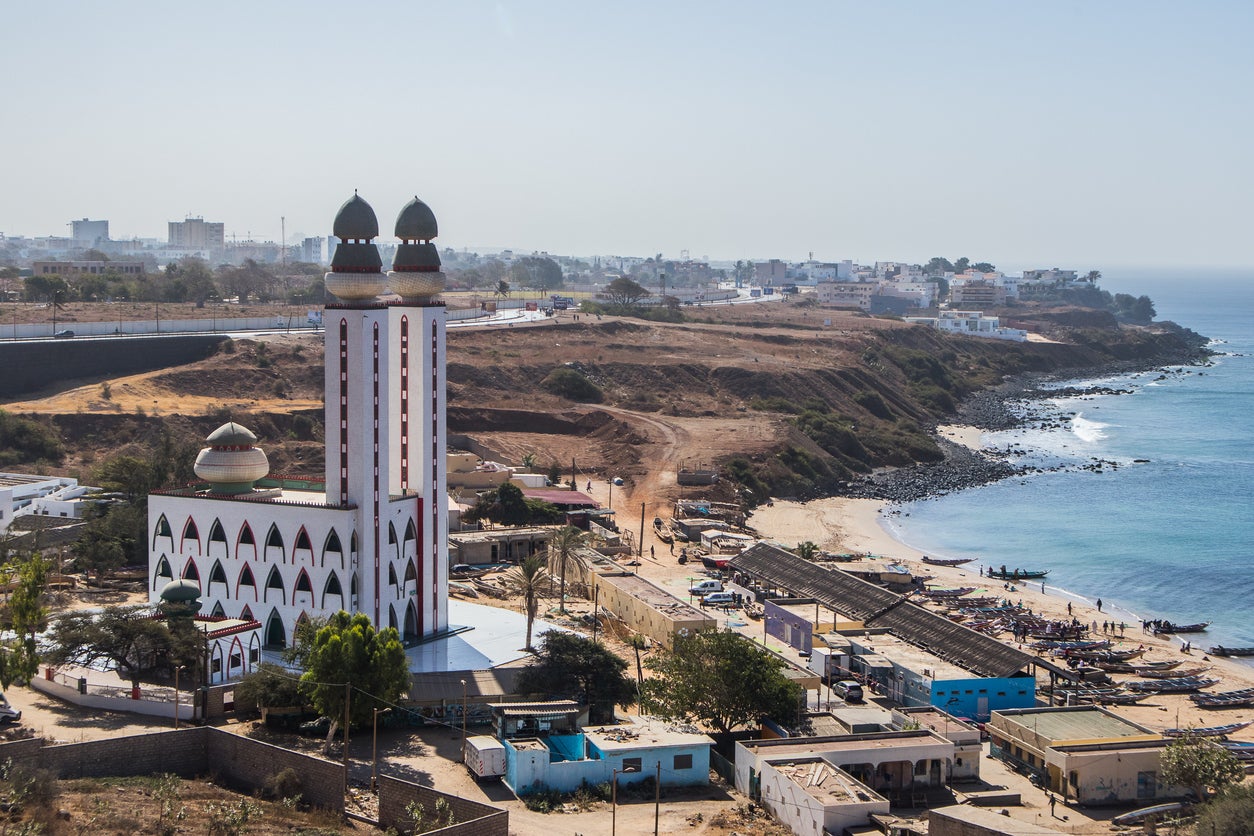
The capital of Senegal may be a far cry from tourist resorts down the coast – but this city is also fringed by beaches of its own. Catch some surf – or just some rays – when the pace of this bustling, dusty city gets too much, but do make sure you plug into Dakar’s vibrant cultural life too. From legendary nightlife to brand new museums to colourful markets, the city has plenty to offer the intrepid visitor. And, with a new(ish) international airport, it’s never been easier to get there: fly via Lisbon in under eight hours from London with TAP Air Portugal.
The Independent’s hotel recommendations are unbiased, independent advice you can trust. On some occasions, we earn revenue if you click the links and book, but we never allow this to affect our coverage.
What to do
Hit the beach
Dakar is a large city with several beaches, but Mamelles is the most striking, tucked below a towering cliff face with rollers crashing in from the Atlantic. There are a clutch of chilled bars and restaurants if you’d rather watch than face the bracing water (always approach with caution: the waves can be strong). Surfing is a big deal in Dakar – if you’re a newbie, the place to start is the long, pale stretch of Yoff beach, where surf schools offer daily lessons (try Malika Surf Camp, surfinsenegal.com).
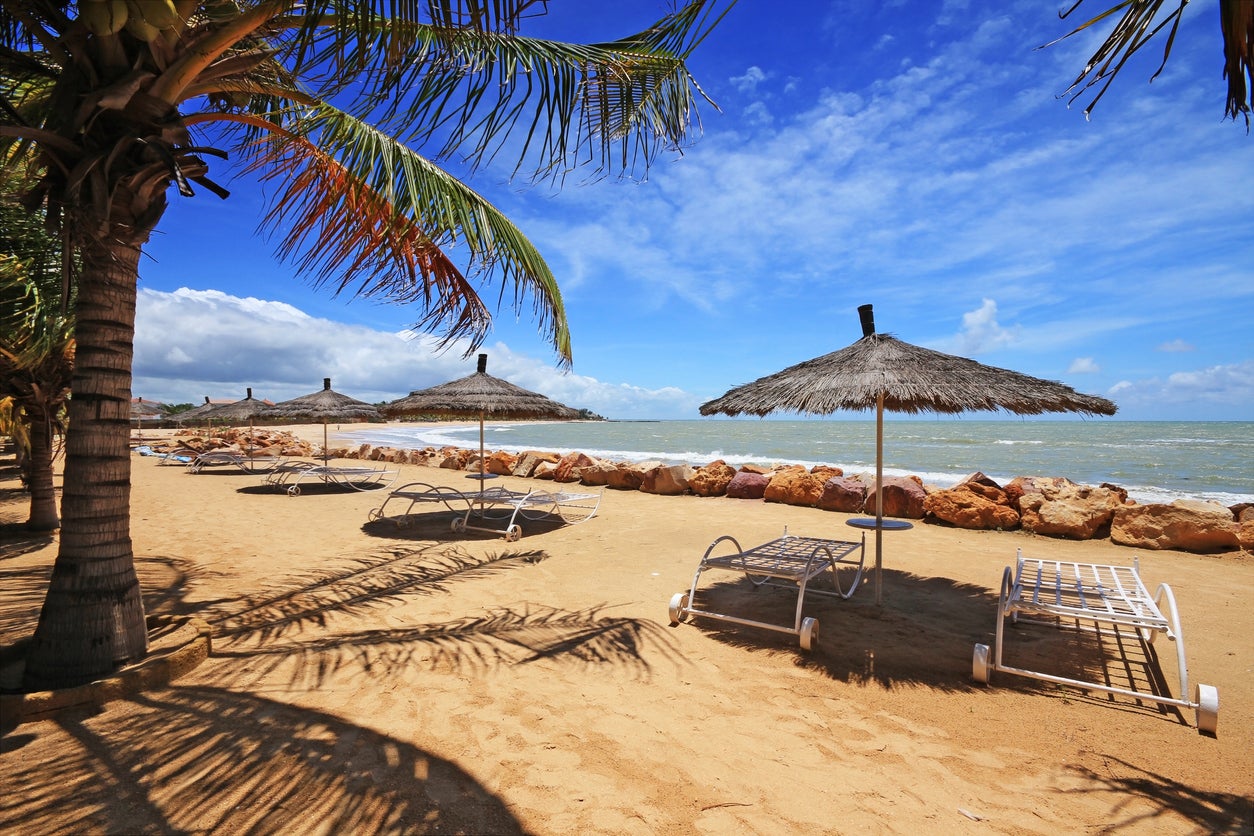
Visit the new Museum of Black Civilisations
Opened in December 2018, this mega $30m (£23m) museum was in the pipeline for 50 years. You can’t fault the ambition – exhibits range from skeletons and tools from ancient civilisations right up to work by internationally recognised contemporary artists (although labelling is currently somewhat erratic) and the huge circular building is an architectural gem in itself. If it doesn’t quite feel finished, that’s because there’s a campaign to repatriate Senegalese artefacts currently residing in European museums. Open Tuesday to Sunday, 9am-7pm; entry 3,000CFA (£4.50).
Face the ghosts of the slave trade
Take a ferry (5,200CFA) to Goree island. Once Africa’s largest slave-trading posts, this island was controlled variously by the Portuguese, Dutch, English and French. Today, it’s a place of strange contradictions: the island is car-free, and a stroll among the narrow streets and bougainvillea-bestrewn colonial architecture is a delight. Yet a visit to the House of Slaves, and the “door of no return” – where slaves boarded ships bound for the US – is a sobering, necessary experience. Information boards are in French, but English-speaking tour guides abound (from around 6,000CFA for an hour). Remember to take your passport: inexplicably, you’ll need it to get on the boat. For the schedule, see portdakar.sn.
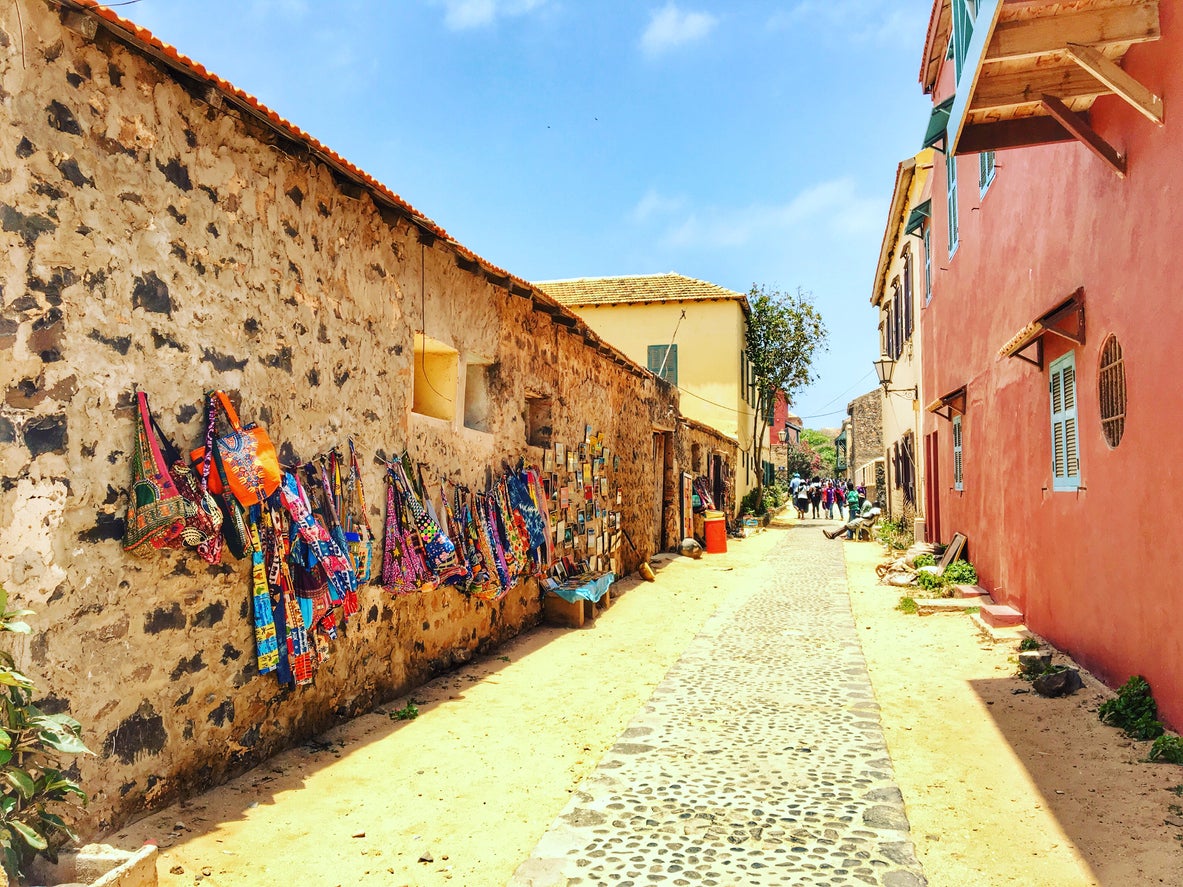
Dance all night
Dakar is a city that loves to party. Senegal’s mbalax scene includes global stars such as Youssou N’Dour, Baaba Maal and Orchestra Baobab – all of whom you might even catch on home turf. Try open-air venue Just 4 You (00221 33 825 99 25), although bear in mind club nights don’t get going until gone 1am; for a more sleep-friendly option, check out the Institut Francais, which has gigs and concerts starting at around 9pm. Often the best way to find out who’s in town is simply to search on Facebook: I stumbled on incredible electro-sabar band Guiss Guiss Bou Bess that way.
Where to stay
The slickest option is surely the Radisson Blu, which occupies a perfect spot at the edge of the ocean – with a divine infinity pool extending the horizon. It’s easy to while away the hours at the poolside bar. Rooms are smart and modern and start from £170.
For a more boutique option, try La Demeure. An oasis of calm, its design provides a coolly elegant take on rustic, and there’s a terrific rooftop terrace for unwinding, where breakfast is served (try the crepes). Doubles from 50,000CFA.
There isn’t much of a backpacker scene in Dakar, but those on a tight budget should head to Dakar International House. Staff have some English – a rarity in Senegal – and there’s basic but colourful accommodation. Dorms from £8; double rooms from £16.
Where to eat
If you like fish and seafood, Dakar is a total treat. To try authentic Senegalese cuisine, head to Chez Loutcha (00221 33 842 31 90), a popular option with locals and tourists alike: opt for mafe (meat stew with a peanut sauce) or thieboudienne (a deliciously spiced rice and fish dish served in a whopping saucepan).
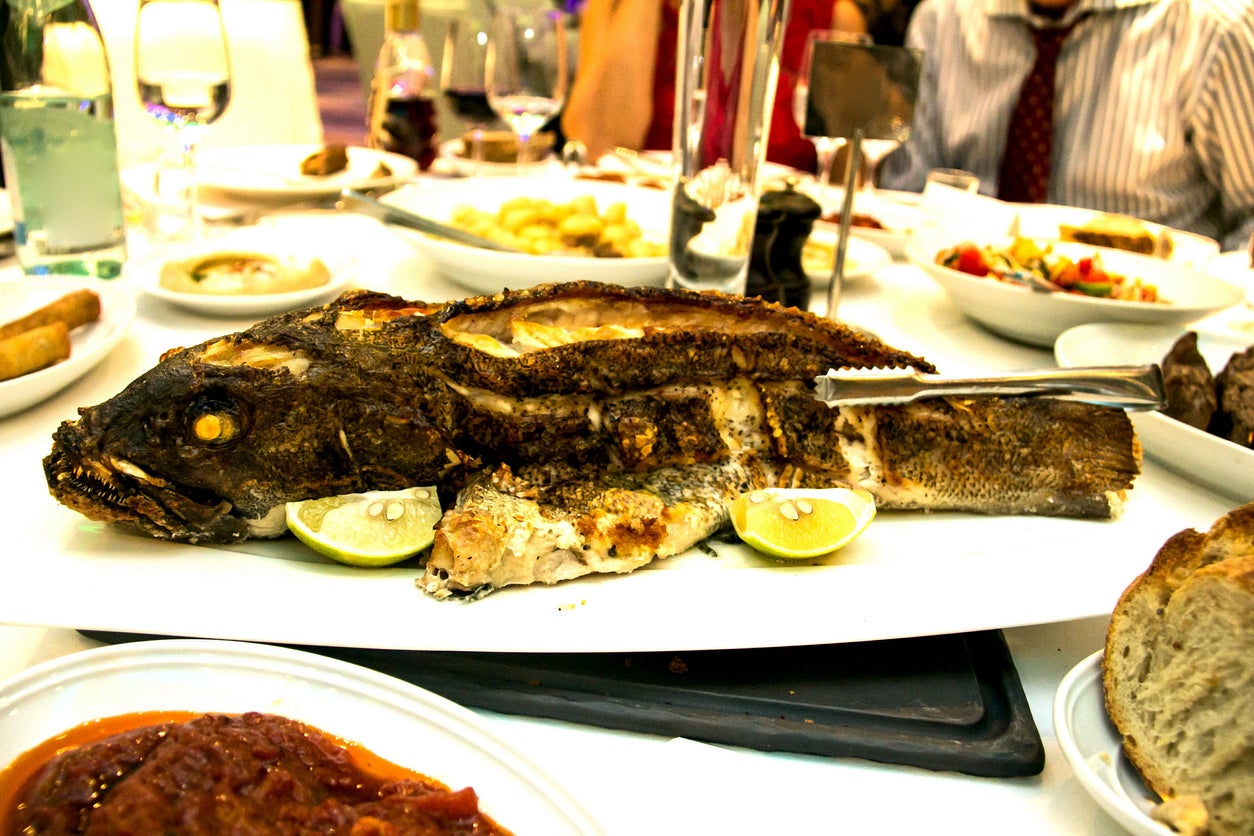
Head to seafood restaurant Le Lagon 1, sitting out on its pier for an ocean-soundtracked dinner, or dine inside among some seriously nautical-themed decor.
A favourite among expats, Noflaye (00221 33 820 30 32) is a pretty, pastel-hued restaurant in a prime spot on the Petite Corniche strip of restaurants in Almadies. Watch intrepid surfers while you chow on delicious fresh seafood or its famed sweet and savoury crepes.
Where to drink
It’s a short hop in a pirogue out to Ngor island: stroll the tiny island’s picturesque winding streets, then settle in any of the little beachfront bars for a beer – Gazelle and Flag being your local options.
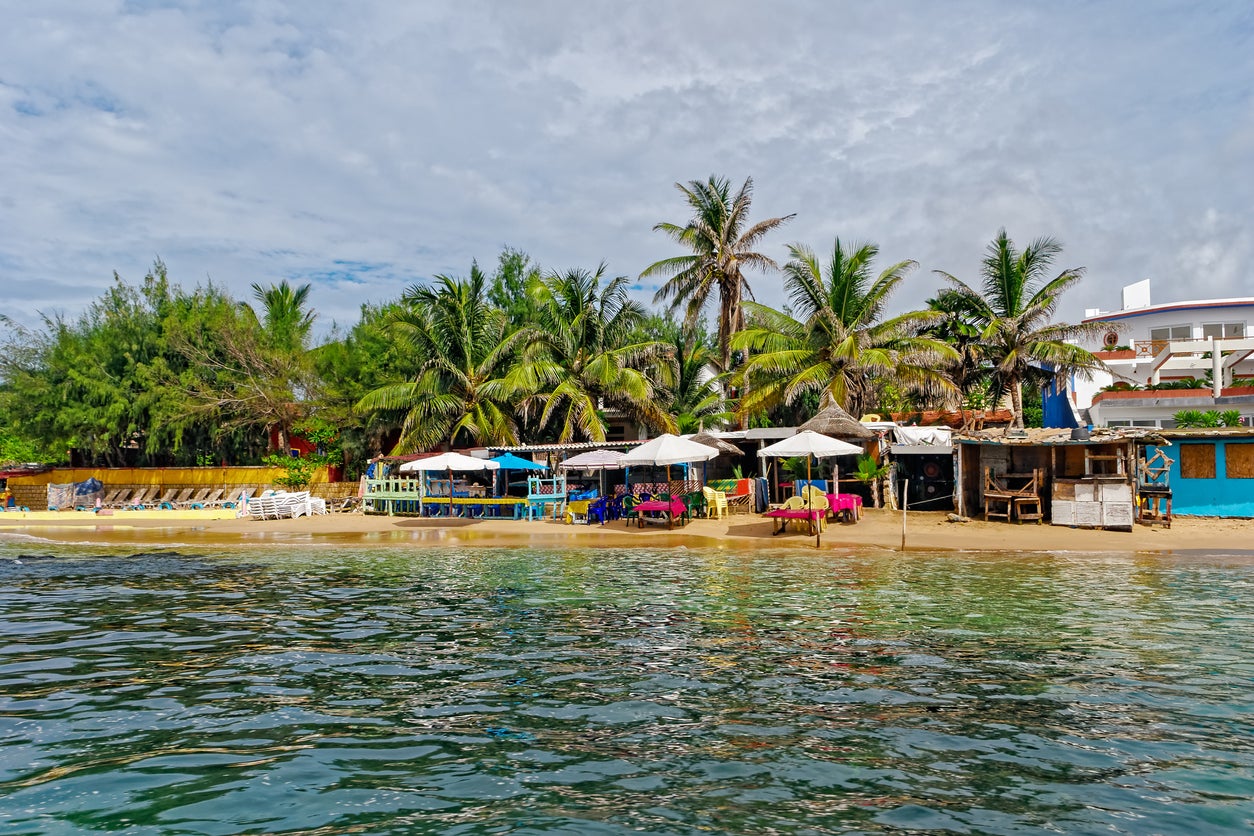
A sundowner in a lighthouse – what’s not to like? Phare des Mamelles’ restaurant turns into a trendy and quite pricey nightclub come nightfall, and there’s a 5,000CFA entrance fee – but it’s worth it for the view. Plus, there’s often live music in the evenings.
Where to shop
Within an hour of hitting Dakar, you’ll surely fall in love with the colourful, patterned fabrics. Head to Marche HLM – a cramped but fairly hassle-free fabric market, where you can browse thousands of “wax” prints, and get a tailor to turn your favourite into made-to-measure clothing. The easiest way is to take an item you’d like them to copy; tailors can make while you wait for just a few thousand CFA.
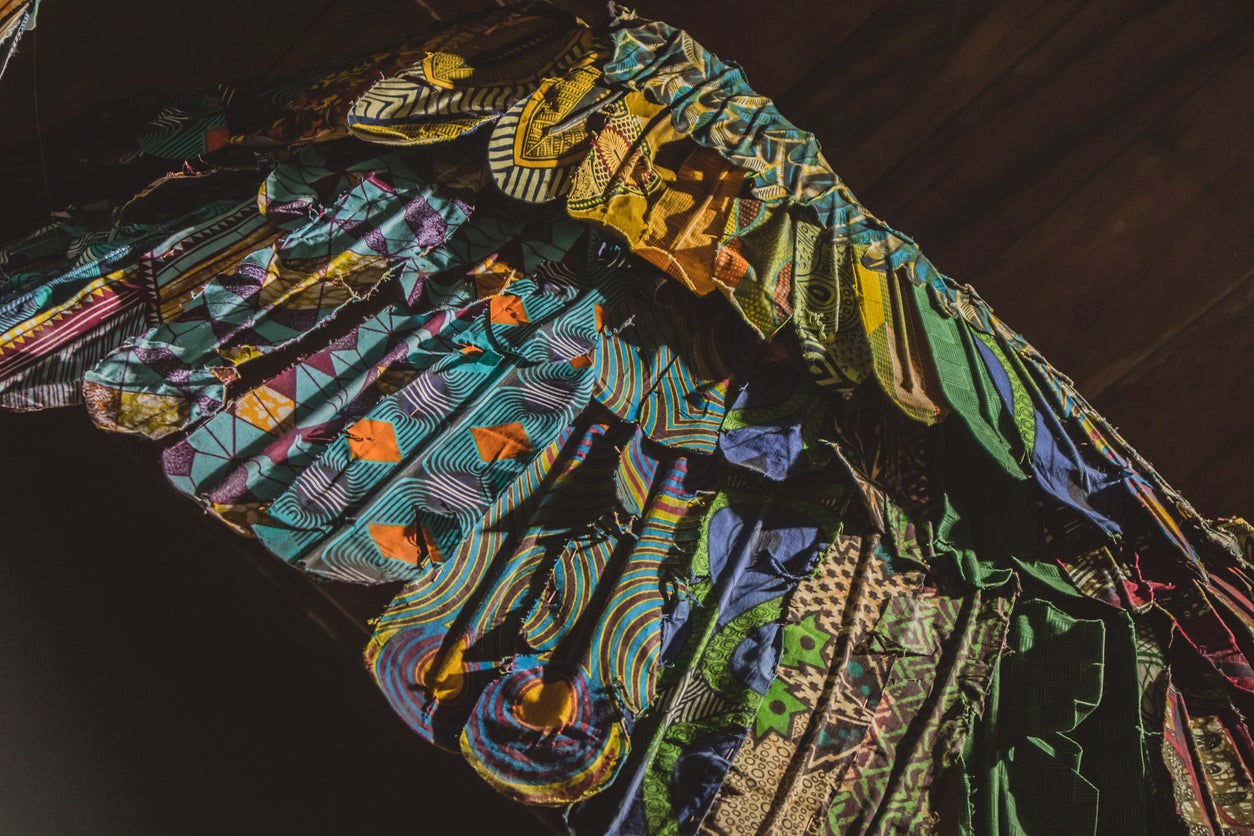
Nuts and bolts
What currency do I need?
West African CFA.
What language do they speak?
Wolof, but most people speak some French.
Should I tip?
10 per cent in restaurants.
What’s the time difference?
No time difference.
What’s the average flight time from the UK?
8.5 hours. TAP Air Portugal flies to Dakar from London City, Heathrow, Gatwick and Manchester via Lisbon. Prices start at £345 return.
Public transport
Taxis are ever-present, but be prepared to haggle. Short journeys should cost 1,500CFA; to get across the city, pay up to 5,000CFA.
Best view
The African Renaissance Monument – a 49m bronze statue of a man clutching a (rather busty) woman holding a child – was designed by Pierre Goudiaby. Costing £16.6m, it’s proved controversial. Cheesy as it may be, a viewing point inside the man’s hat provides for a panorama of Dakar.
Insider tip
They don’t really do addresses in Dakar, which can make getting around baffling. Ask your hotel what directions/local landmarks they navigate by, and don’t worry if your driver still stops repeatedly to ask other passers-by.
Join our commenting forum
Join thought-provoking conversations, follow other Independent readers and see their replies
Comments